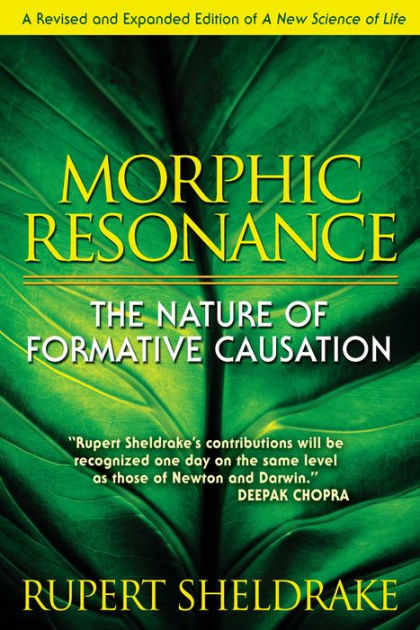|
home | what's new | other sites | contact | about |
||
|
Word Gems exploring self-realization, sacred personhood, and full humanity
Not Enough Time II A simple protein molecule is far too complex
return to "Evolution Controversy" contents page
Editor's note: The following information is from Rupert Sheldrake's book,
"The range of possible structures becomes enormous with large molecules, especially proteins. Even a small protein like insulin contains nearly eight hundred atoms, and the largest have hundreds of thousands of atoms. The polypeptide chains twist, turn, and fold into complicated three-dimensional forms. Under conditions in which a given type of protein molecule is stable, it folds up into a unique structure… There are persuasive reasons for thinking that the protein itself does not ‘test’ [all possible configurations for itself] until it finds the right one. If the chain explored all possible configurations at random by rotations about the various single bonds of the structure, it would take too long to reach the native configuration. For example, if the individual residues of an unfolded polypeptide chain can exist in only two states, which is a gross understatement, then the number of possible randomly generated conformations is 1045 for a chain of 150 amino acid residues… If each conformation could be explored with a frequency of a molecular rotation (1012 sec-1), which is an overestimate, it would take approximately 1026 years to examine all possible conformations. Since the synthesis and folding of a protein chain such as that of ribonuclease or lysozyme can be accomplished in about 2 minutes, it is clear that all conformations are not traversed in the folding process. Instead, it appears to us that, in response to local interactions, the peptide chain is directed along a variety of possible low-energy pathways (relatively small in number), possibly passing through unique intermediate states, toward the conformation of lowest free energy. (Anfinsen and Scheraga) "But not only may the folding process be ‘directed’ along certain pathways, it may also be directed toward one particular conformation of minimum energy [which is its most stable state], rather than any other possible conformations with the same minimum energy."
Just how long is 1026 years? Editor's note: The above estimates are gratuitous in nature: notice “a gross understatement” and “an overestimate.” In other words, the chances of randomness producing a desired protein conformation are much less than that warranted by the generous estimates. What are the chances? Well, if we allow but a mere extreme fraction of a second, the offered 1012 sec-1, to explore one possible conformation, how long would it take to “try on for size” all 1045 structural possibilities? Answer: 1026 years. Those of us who don’t work with exponential numbers every day might fail to immediately grasp the enormity of the unlikelihood. Let’s review some basic math: 102 is 10 x 10 = 100. 103 is 10 x 10 x 10 = 1000. We get the idea. 1026 means 10 multiplied by itself 26 times; or, 1 followed by 26 zeros. Just how big is that number? The generally accepted age of the universe is 15,000,000,000 (15 billion) years. Let’s be charitable and say 20,000,000,000 (20 billion). With 20 billion, we’ve used only 10 zeros – not 26. If we were to use just one more zero – that is, if we multiply 20 billion by 10, we’d have 200 billion – which, to state the obvious, is more than 10 times the accepted age of the universe (the predicted life-span of the universe, when all the stars blink out, is 100 billion years). And we'd still have 15 zeros in the bank to build our super-large number. The point is this: In the previous evo-math article, I stated that there’s not enough time in the universe, from day one to present, for randomness to “make pigs fly”; nor in 10 or a 100 or even the collective durations of 1000 universes. But I was far too lenient. There isn’t enough time in millions or billions or trillions and trillions of universes for mere chance to account for what we see around us. Special note: Earlier, we mentioned the famous Stanley Miller amino-acid experiment, trotted out in biology textbooks as “proof” of Darwinistic evolution. Materialist-reporters have jubilantly presented this as “Life Created In A Test-tube,” or some such hubris. The distance, however, between amino acids and a properly-structured protein, to say nothing of a fully functional single-celled organism, is a bridge much too far. It could never happen. Period. Not as a product of randomness.
|
||
|
|
